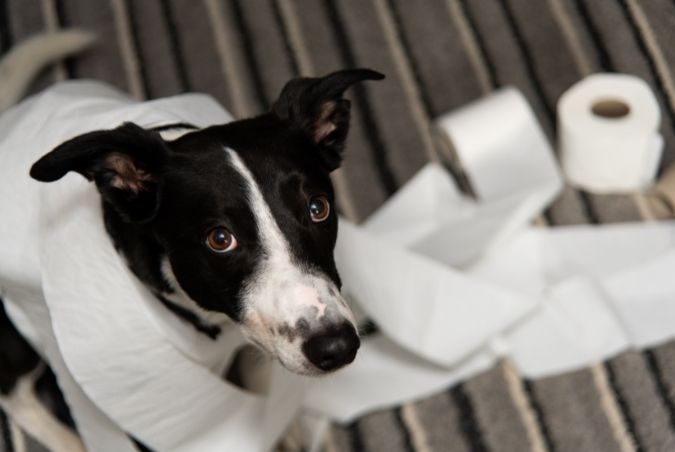
House Training Your New Dog
A Positive Approach for a Happy Home
Bringing a new dog into your home is an exciting time, but it also comes with the responsibility of teaching them how to live in your space—starting with house training. Whether you’ve adopted a puppy or an older rescue, house training is an essential part of building a positive relationship with your dog. At Unchained Melodies Dog Rescue, we believe that house training should be a gentle, patient, and positive experience for both you and your dog.
Why a Positive Approach Matters
House training can be frustrating, especially when accidents happen, but it’s important to remember that dogs are not trying to misbehave. Like humans, dogs need time to learn what’s expected of them in a new environment. Punishing a dog for accidents can create fear and anxiety, making the process more difficult. Instead, focusing on positive reinforcement helps dogs associate the right behaviors with rewards, encouraging them to succeed without fear.
Step-by-Step Guide to Positive House Training

Establish a Routine
Dogs thrive on routine, so it’s important to create a consistent schedule for feeding, potty breaks, and playtime. Take your dog outside at the same times each day—typically first thing in the morning, after meals, after naps, and before bedtime. Regular breaks give your dog predictable opportunities to succeed.

Choose a Potty Spot
Designate a specific spot in your yard or nearby where you want your dog to go potty. Consistently taking them to the same place helps them understand what is expected. When they successfully go, offer plenty of praise and a reward, like a small treat or affection. Over time, your dog will start associating that spot with doing their business.

Supervision and Confinement
If you can’t supervise your dog closely, use a crate or a safe space to confine them. Dogs generally won’t soil the area where they sleep, so a crate can help teach them to hold it until they’re outside. Make sure the crate is large enough for them to stand, turn around, and lie down comfortably, but not so large that they can use one end as a bathroom.
Crate training, when done correctly, is a positive tool—not a punishment. It helps dogs learn to control their bladder while giving them a safe and comfortable space of their own.

Watch for Signs
Learn to recognize the signs that your dog needs to go outside. Common signals include sniffing, circling, or heading toward the door. If you see these signs, take your dog outside immediately to their designated potty spot. Offering praise and rewards for going in the right place helps reinforce the behavior.

Use Positive Reinforcement
Just like with other training, house training benefits greatly from positive reinforcement. Each time your dog successfully goes outside, offer them plenty of praise, a treat, or playtime. This creates a strong association between going outside and good things happening. Avoid punishment for accidents inside—clean it up without fuss, and continue to focus on rewarding success.

Accidents Happen—Stay Patient
Even with the best training plan, accidents are bound to happen, especially in the early stages. Stay patient and avoid scolding your dog, as this can cause confusion and anxiety. If you catch your dog in the act, gently interrupt and immediately take them outside to their potty spot. Once they finish outside, reward them. If you find an accident after the fact, simply clean it up using an enzyme-based cleaner to remove any lingering odor, which could encourage your dog to go in the same spot again.
Unchained Melodies, Inc. is dedicated to freeing chained and penned dogs, advocating for their well-being, and fighting against cruelty. We educate, legislate, and rescue to give every dog the chance to live as a beloved companion. Learn more about our mission and how to help on our website or social media.





